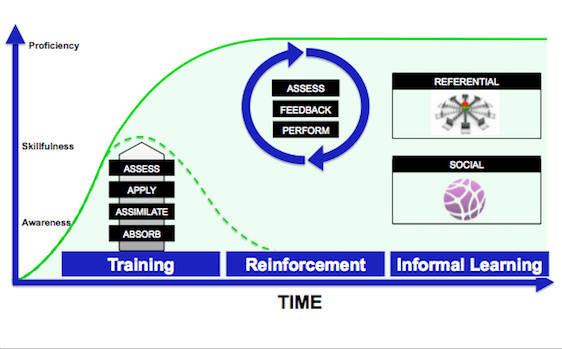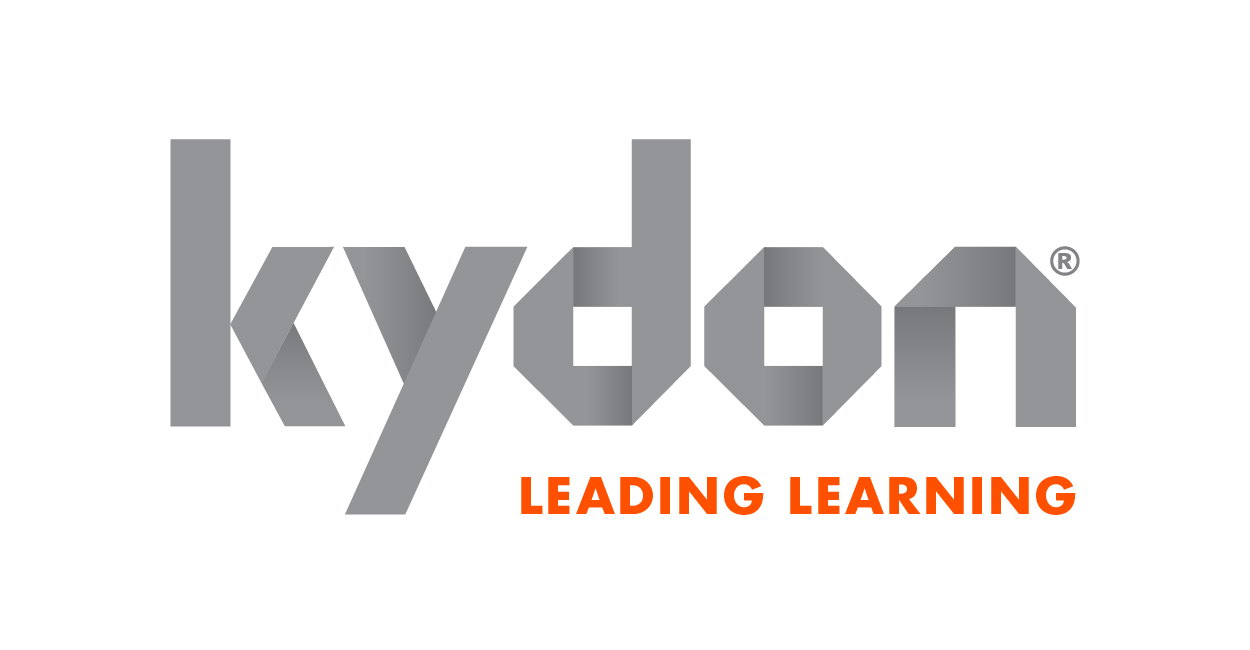Discussing The Future Of Learning: Focus On 3 Key Corporate Training Requirements
Pretty much every article I’ve read on “the next big thing” or “the future of learning” forgets the distinction between compliance, professional development, and capability acquisition. In point of fact, the tools and processes described are usually great for one or another of these three, but not for all.
Instead of trying to figure out what the next big thing is, I advise my customers to plan for how to address these three different yet important training requirements.
- Compliance.
Most Learning and Development (L&D) departments are required to show that managers have had sexual harassment training or SOX training. Depending on the industry, there may be 20+ courses that an individual is required to take. Often the purpose of these courses is litigation risk management. - Professional development.
Enlightened Learning and Development departments are very aware that human capital is the most important resource the organization has, and that facilitating employees to be self-directed, life-long learners will pay dividends in the end. - Capability acquisition.
Capability acquisition is the task of ensuring that workers have the knowledge and skills to do their jobs effectively. Some capabilities have relatively simple requirements, e.g., preparing a Subway sandwich according to store guidelines. However, many roles that are critical to the organization require that workers have complex sets of higher order skills. Often, knowledge workers need to be able to utilize processes and procedures that constitute the “secret sauce” of the company, whether this be a specific sales methodology, a certain approach to customer service, or the use of specified guidelines for underwriting an insurance application.
Compliance can often be addressed adequately through traditional training courses launched by the Learning Management System (LMS), especially if the learning objectives relate to simply being aware of laws, regulations, policies, and procedures.
While this seems pretty self evident on its face, it provides a rationale for why those who suggest we can do away with Learning Management Systems and formal training courses are incorrect. Informal learning that is not tracked and reported on simply doesn’t work for compliance training.
Professional development is an area where new approaches to learning can flourish. Many writers point out, correctly in my view, that a transition to self-directed learning can make professional development opportunities much more robust. Many of the newer “post-training” approaches to learning are great for this, including micro-learning (e.g. short videos), curated content, informal learning, knowledge bases and performance support systems, rapid eLearning, communities of practice, etc.
Capability acquisition, especially for complex jobs, is not something we want to leave to chance. Perhaps I’m just old school, but I believe that this is an area where the right Instructional Design and delivery can drive speed to proficiency that creates a sustainable competitive advantage to the organization. Training for such jobs requires more than simple content presentation; it almost always requires active engagement in which the learner assimilates new content, and has the opportunity to practice new skills – often in an environment where learners can learn from other learners.
However, such jobs are seldom mastered in a time-limited training event, and post training reinforcement and coaching is often helpful or necessary to lock in new skills.
Approaches such as structured social learning, serious games, simulations, and scenario-based learning can go well beyond narrated PowerPoint “eLearning” to build skills, and learning paths can help to sequence instruction and include post-training reinforcement and coaching.
Although many of my respected colleagues would differ with me on this, I believe that relying on self-directed and informal learning to drive to proficiency leaves too much to chance. We hope that managers will then “polish off” workers’ skills; however, hope is not a method.
As we decide (a) what approaches we will use to learning, (b) the skills we need Learning and Development professionals to have, and (c) the technology that will support us, we need to consider how we will support all three of these different but important requirements.










